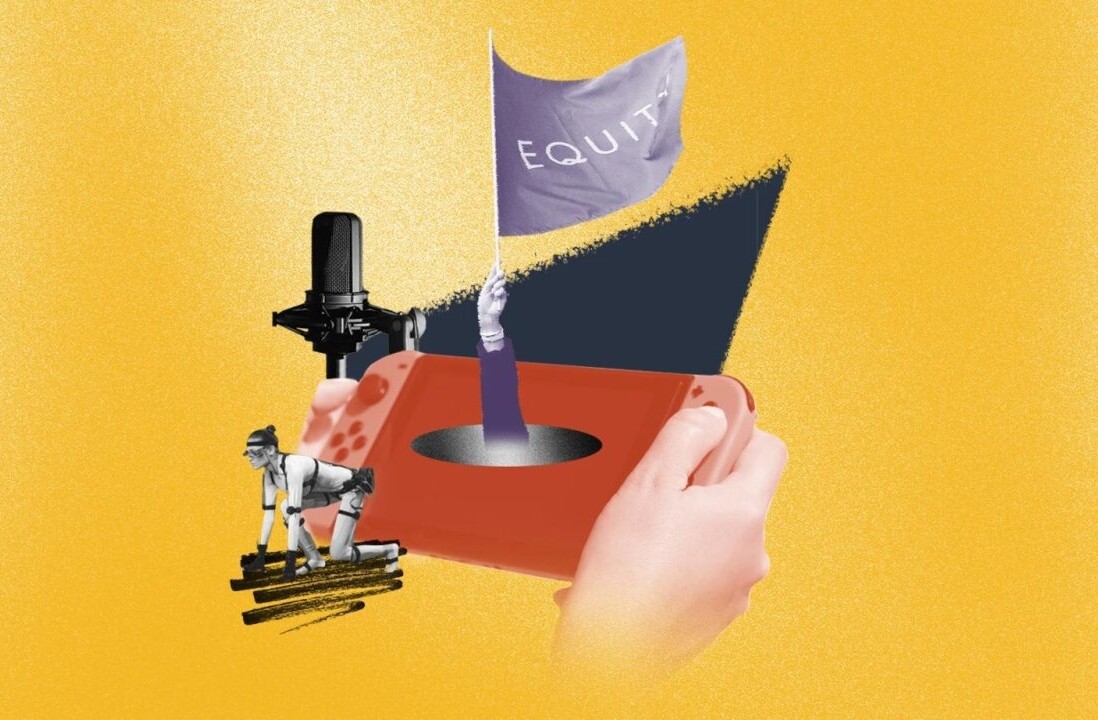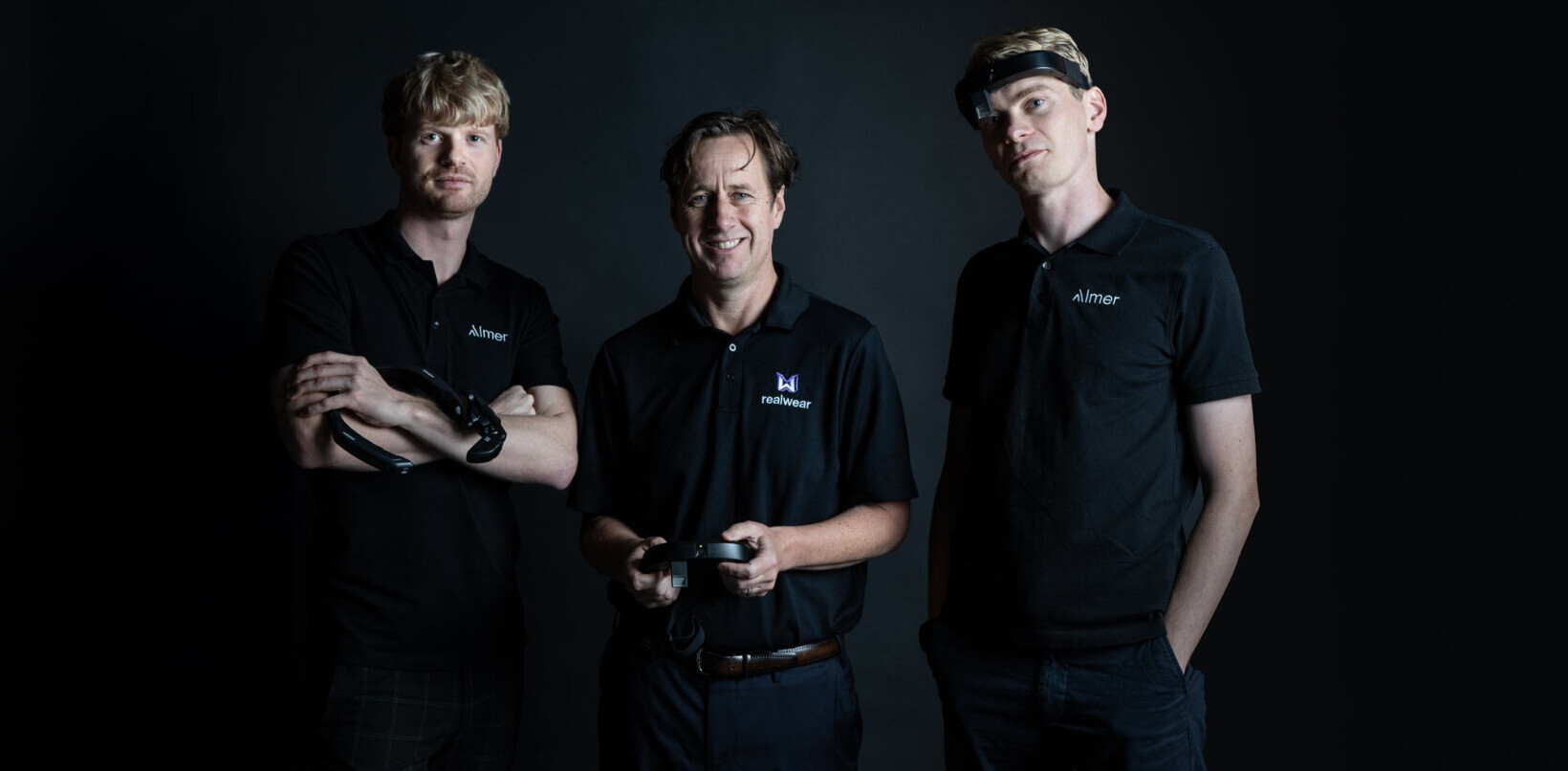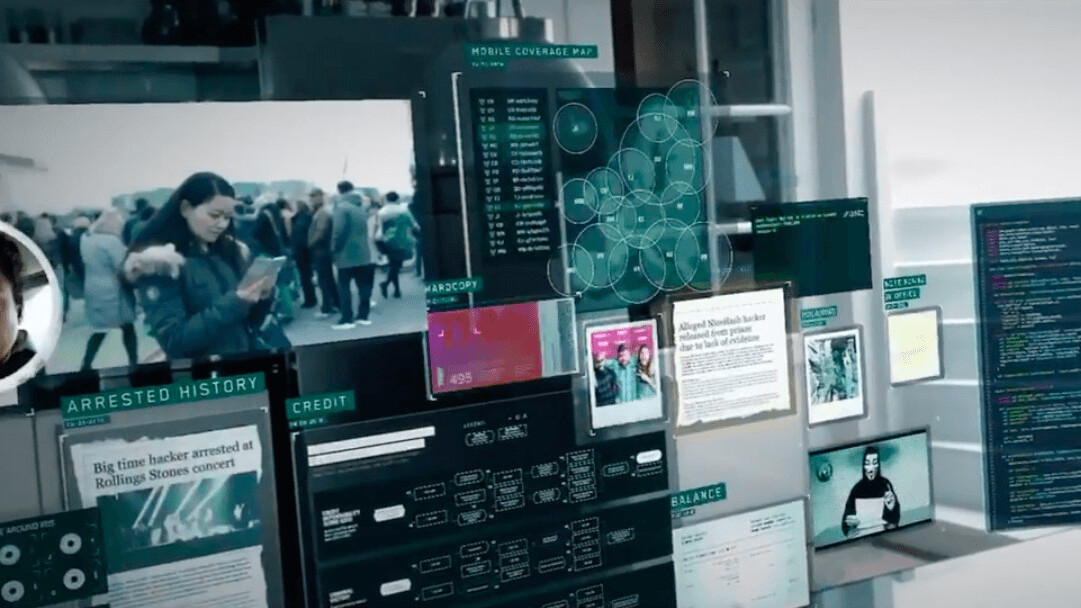
Escape rooms are all the rage right now. All over the world, corporate employees are bonding over difficult puzzles. Tourists in Greece prefer breaking out of rooms in Athens over visiting the Acropolis. Even the Obama family reportedly loves to play them and busted out of a Hawaii location with only 12 seconds left.
All of these escape rooms do require one essential component, though: You have to be physically present.
A new AR-based app, named The Lockdown, offers the world’s first mobile escape room. In other words, you can play the game whenever, wherever, as long as you have a smartphone. Just like in other escape rooms, The Lockdown follows a somewhat dystopian narrative with puzzles that need solving. The app was commissioned by Dutch bank ABN AMRO and developed by digital creative agency CODE D’AZUR.
Tyler Durden of crypto
The basic backstory of the game, which is given to you in a slick news montage video, is that in the year 2028, money as we know it no longer exists, and everyone uses the same virtual currency called Lantern.
One of Lantern’s developers went rogue and basically became the Tyler Durden of crypto, urging the world to free itself from materialism and consumerism. And obviously the masses won’t be convinced without a little push, so the hacker found a way to enforce his manifesto: He published a transaction that abuses an unknown vulnerability in the smart contract protocol. Once it gets added to the blockchain it will freeze all wallets, rendering the whole Lantern network void.
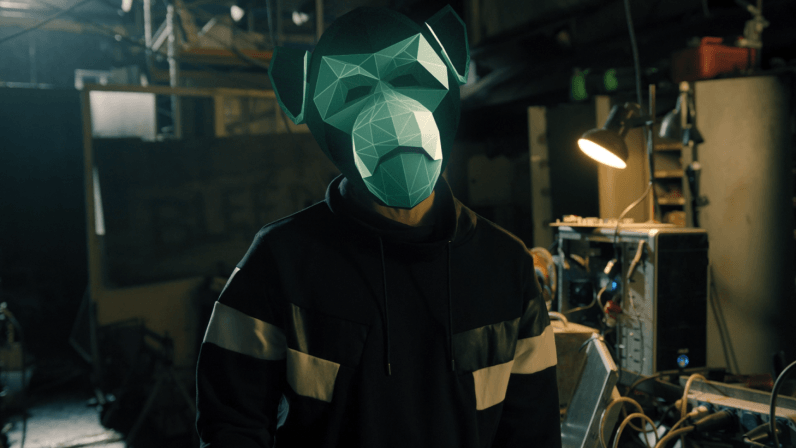
You, the player (and apparently, the world’s best hacker) need to overwrite the transaction before it gets included in the next block — for which you’ll need to find his private key. All of this is shared with you by special agent Green, the game’s very own version of M.
Minority Report
As mentioned, the app relies on AR for its look and feel. By using your smart phone’s camera, it turns your office (or living room, or bathroom, wherever you want to play it) into a Minority Report-like control room. All you need it a flat surface and a smartphone that supports ARKit or ARCore.
The game itself contains four main challenges and several sub-challenges. Solving these reveals new information about the hacker and his motives. The puzzles should be doable for anyone with an analytical mind, though having some basic knowledge of coding and blockchain will help you go through the puzzles at a faster pace. So programming skills are useful but not necessary, says Erik Rave, Technical Director at CODE D’AZUR.
It takes about two hours to complete the game. You can follow different ‘routes’ to the final level, which is the only challenge with a time limit. For those who hate puzzles in every shape or form, there’s a challenge that partly sets in the real world, too. Less code-cracking, more map-reading.
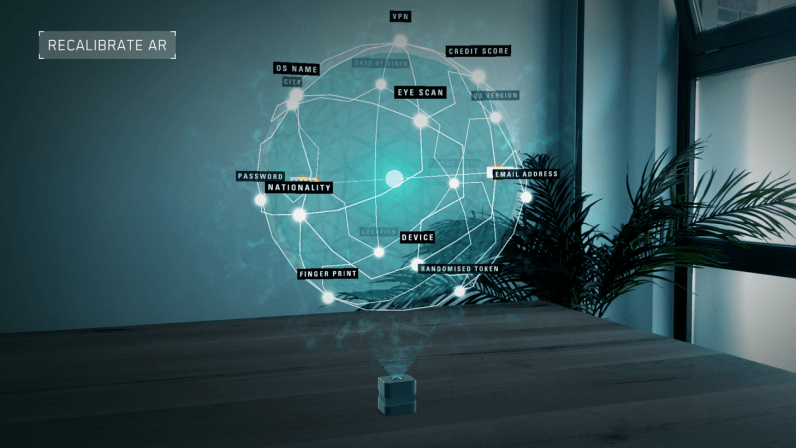
Not flawless
Although the integration with AR makes the game more immersive, it’s not without problems. The app requires your phone’s camera to be on at all times, which drains the battery pretty quickly. So keeping a charger close is advised.
Another issue has to do with (re)calibrating the tracking software. Specifically, when you point the app to a table top with limited texture, it has trouble recognizing the surface. Rave acknowledges the technology isn’t flawless. “Right now, AR technology is still developing. But once mobile hardware and AR software improve, the game will only perform better and better.”
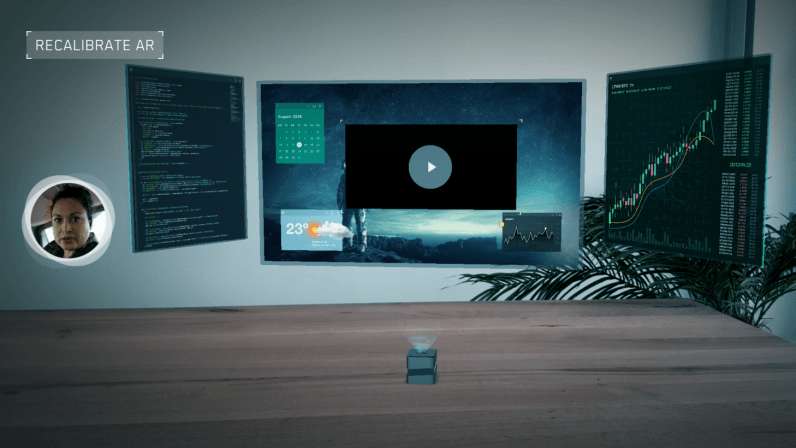
Finding tech talent
With this app, ABN AMRO hopes to attract more tech talent. It’s not the first company to look into innovative ways to reach possible new hires; a direct result of the growing difficulty to hire high-quality IT people. Some debate exists as to why that is — is there really a shortage, as many CIOs claim, or are these companies just not investing enough in finding and obtaining tech talent — but one thing is certain: the perceived shortage sparked many creative hiring strategies.
Startup Quixey, for instance, came up with a 60-second programming puzzle. For a whole month, the company offered daily $100 prizes to lucky participants. Software company Red 5 Studios searched social media to find and select 100 ‘dream candidates,’ who then all received a personalized iPod with a message from their CEO. And Danish agency Uncle Grey set up sponsorship deals with top players of the online game Team Fortress 2, who in turn advertised their job openings to other players in the game.
Though the app was commissioned by ABN AMRO, the bank definitely showed restraint in terms of branding. A deliberate choice, explains Erna Lammers who’s the Marketing and Communications Manager at ABN AMRO. “Our first priority was to create an awesome experience, a game that people really love to play. Yet by incorporating themes like blockchain and infosecurity in a thrilling hacking narrative, we can also show that banking is about innovation. We believe that’s the best strategy to build a positive image for our brand and, in this particular case, attract potential hires.”
The Lockdown (free) can be downloaded here (iOS) and here (Android).
Get the TNW newsletter
Get the most important tech news in your inbox each week.


